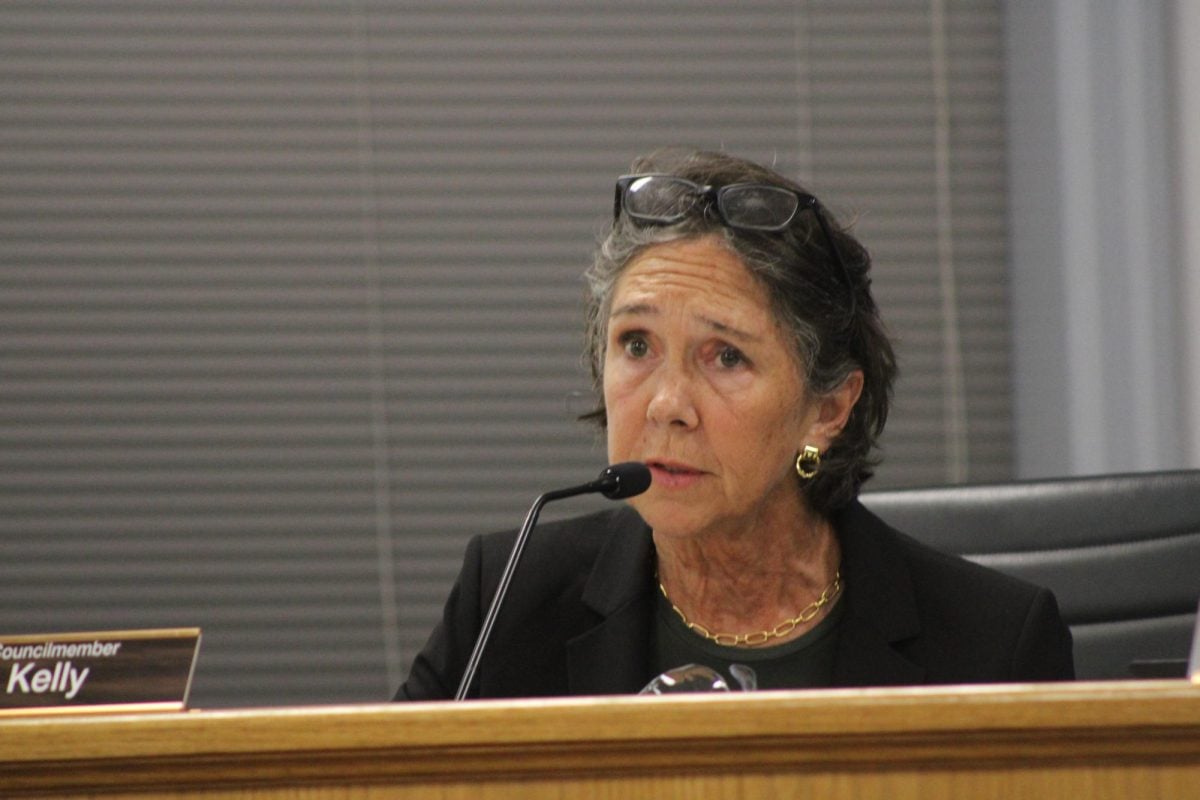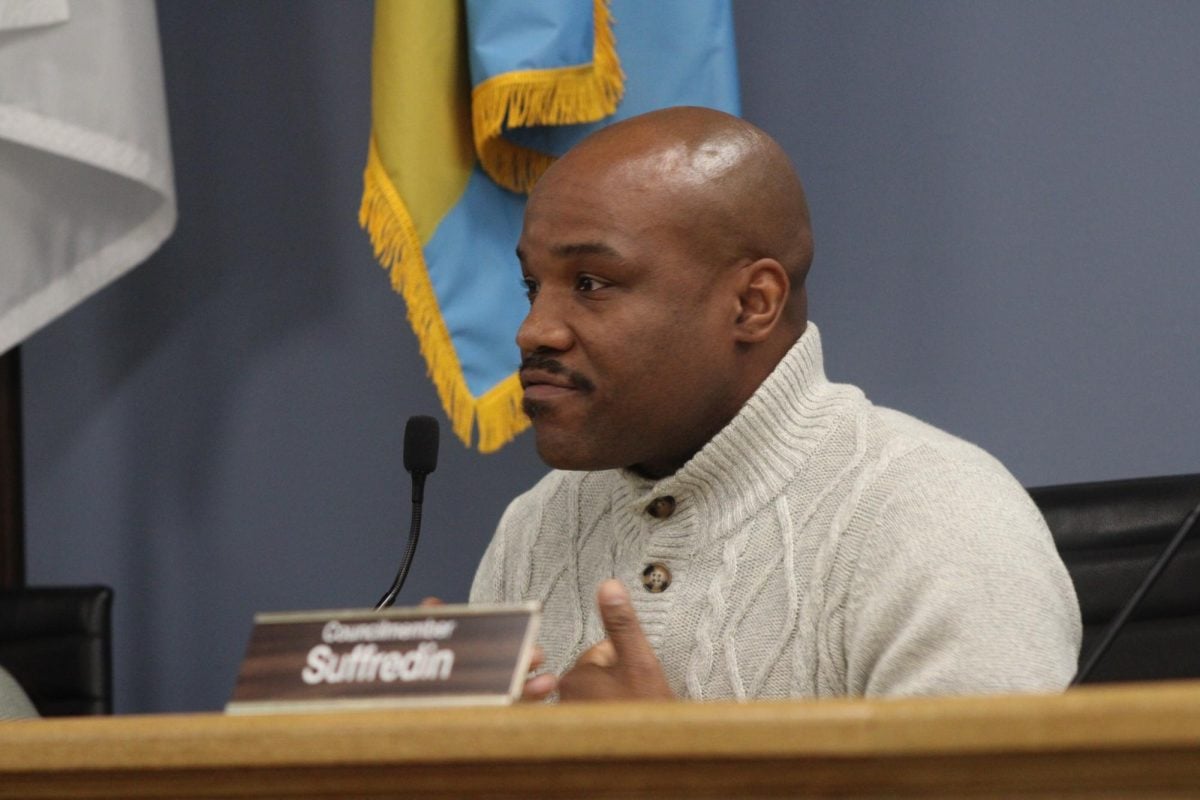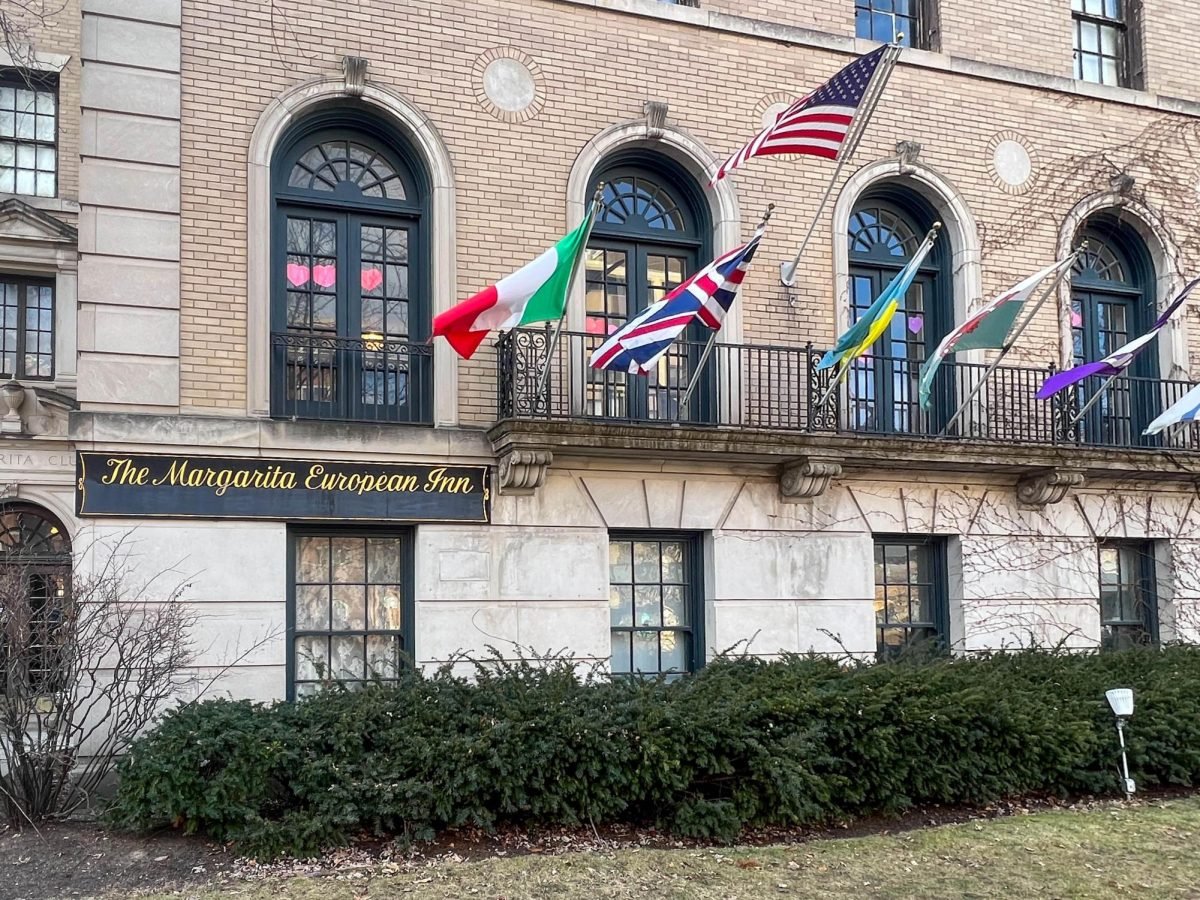Evanston officials were “thrilled” to hear the announcement Thursday morning that the city will receive more than $18 million in grant money as part of the Neighborhood Stabilization Program 2.
NSP2 is a U.S. Department of Housing and Urban Development program that provides funding for efforts to revitalize foreclosed or abandoned property. The program distributed almost $2 billion on a competitive basis to 60 cities nationwide, financed by the Recovery Act of 2009.
“It was an example of government working the way it’s supposed to,” Mayor Elizabeth Tisdahl said. “We had a compelling story to tell, we told it and it worked.”
The original grant application, submitted July 15, requested about $40 million. In the application, city officials proposed to revamp and transform the areas in western and southern Evanston most heavily hit by economic decline. They will develop these areas into affordable housing to buy or to rent. Details about the timeline and the exact terms of the grant will emerge after an orientation meeting for all 60 grant recipients on Jan. 22 in Washington, D.C.
Sen. Dick Durbin (D-IL), a key lobbyist for Evanston during the grant application process, said in a press release foreclosures have prevailed throughout the current recession.
“The dramatic increase of foreclosures in cities and towns across America is at the heart of the economic crisis,” Durbin said. “Funding this initiative will help revitalize areas of a community hit hard by foreclosures and put Evanston on the path toward long-term economic growth.”
Tisdahl said she was concerned about the economic state of the wards and the grant would help regenerate growth in these areas.
“The impact is that Evanston will remain a wonderfully diverse community,” she said. “The foreclosures were primarily in the fifth and second ward, and that was tremendously troublesome to me.”
The grant money will also help reduce the city’s crime rate, Tisdahl said.
“There will be less crime because vacant buildings attract crime, and now those buildings will be bought, rehabbed and sold as affordable housing or rented as affordable housing,” Tisdahl said.
Tisdahl traveled to Washington, D.C., in October to meet with Sen. Durbin and HUD representatives to discuss the proposal. Tisdahl’s trip gained the political momentum needed to obtain the grant.
“The mayor came out here to talk to Sen. Durbin and other members of Congress about the project,” said Christina Mulka, press secretary for Durbin. “When people reached out to us, we then would reach out to HUD to make sure the application was going smoothly and to talk to them about the project.”
In fact, Tisdahl first learned of their success from Durbin after the announcement Thursday morning.
Brinshore Development LLC, the city’s private partner in the grant application, will construct the project’s housing units, intended for families with incomes at or below 120 percent of the area’s median income. One-quarter of the resources will target households at or below 50 percent of the area’s median income, according to a press release from the City of Evanston.
“We hope to do what we stated we would do in the proposal, which is to use the grant funds to address existing vacant and foreclosed properties to be able to acquire, rehabilitate them and to have new families and new households occupy them,” said Dennis Marino, planning director for the City of Evanston.
Until construction can begin, Evanston officials are celebrating this victory for the city and the grant’s potential for progress.
“We’re thrilled, and it’s going to be a major catalyst for change in the city of Evanston,” City Manager Wally Bobkiewicz said.
Or, put simply by an enthusiastic Tisdahl: “Yippee-yowee-yay!”[email protected]












